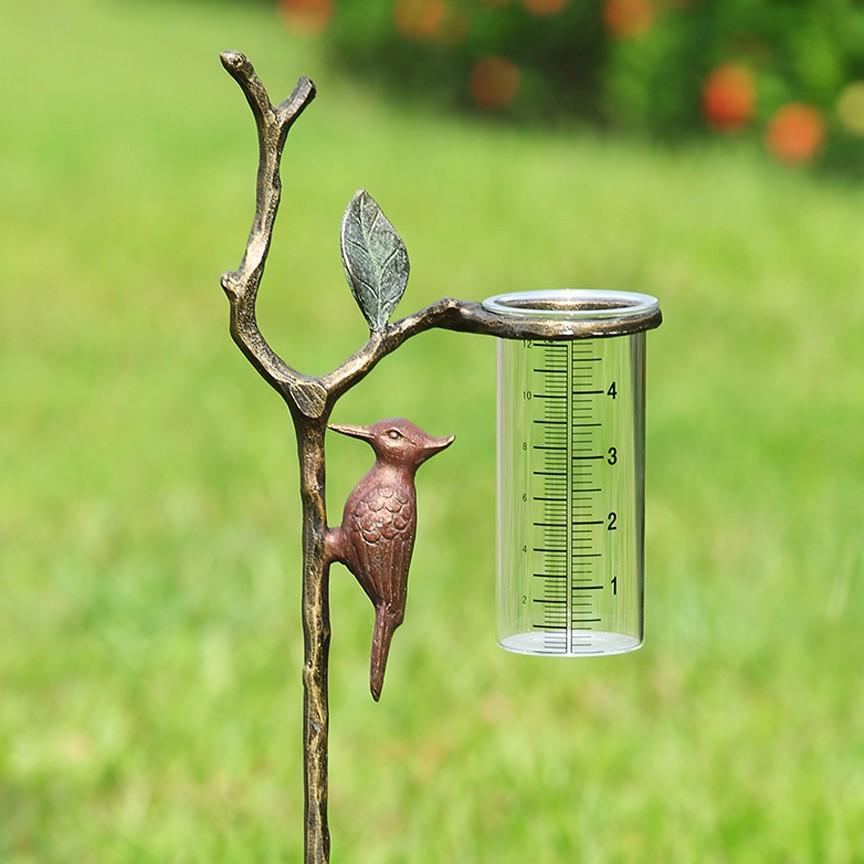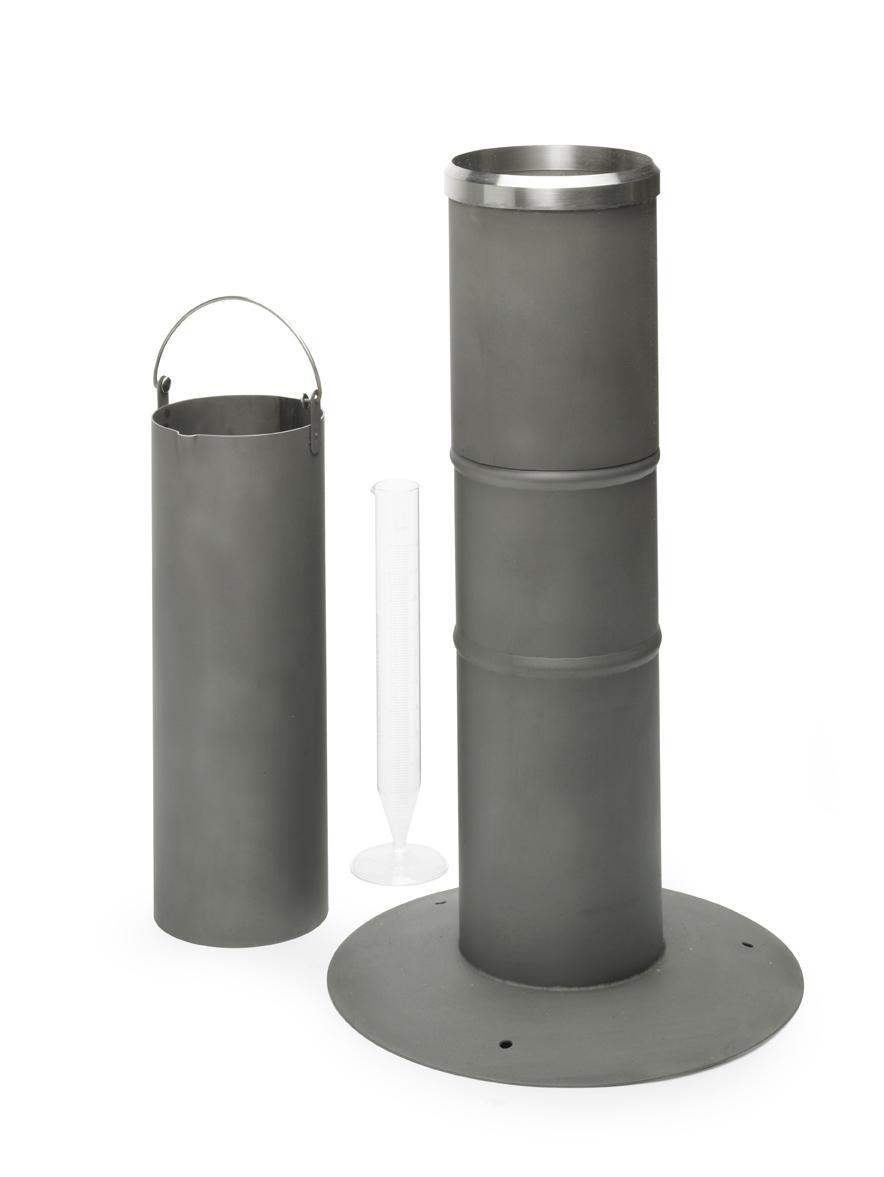Revealing the Scientific Research Behind Rainfall Evaluates: Just How These Gadgets Play a Vital Duty in Climate Study and Environmental Tracking
Rainfall determines, apparently simple devices, hold a profound importance in the realm of climate study and environmental monitoring. As we peel off back the layers of this clinical shroud surrounding rain gauges, we uncover a globe where accuracy, information precision, and thorough monitoring assemble to reveal a deeper understanding of our transforming environment and its influence on the earth.
Importance of Rain Gauges
Rain determines play an essential role in tracking and measuring precipitation degrees, giving essential information for climate research and evaluation. These tools are essential in measuring the amount of rains that happens in a details location over a specific period. By gauging and gathering rain, rain assesses deal important insights right into the circulation and strength of precipitation, aiding meteorologists, hydrologists, and climatologists in recognizing weather patterns and trends.
Among the crucial reasons rain gauges are important is their ability to supply localized and exact data. Unlike satellite or radar-based dimensions, which provide wider observations, rain determines offer specific information specific to the place where they are placed. This localized information is important for various applications, consisting of flooding forecasting, dry spell surveillance, and water resource administration. Additionally, long-lasting information collected from rain determines helps in assessing environment adjustment effects and patterns, adding dramatically to scientific research study and decision-making procedures. In essence, rainfall gauges work as important tools in the area of meteorology and ecological scientific research, playing an essential role beforehand our understanding of weather condition and climate characteristics.
Sorts Of Rain Gauges

Capability and Procedure
In the realm of environment research study and meteorological researches, the efficiency of rain assesses lies in their elaborate functionality and specific operational devices. Rain determines are created to accurately gauge the amount of rainfall that falls over a specific location during a collection period.
The capability of rain assesses is based upon the concept of determining and accumulating rain in a standardized fashion. This gathered information is vital for recognizing regional weather patterns, tracking lasting climate patterns, and analyzing ecological impacts. To make sure exact measurements, rain determines need to be tactically positioned in open areas away click site from blockages such as structures or trees that might hinder the collection process.
The functional aspect of rain assesses entails routine upkeep to stop debris build-up, calibration checks to preserve dimension accuracy, and data taping for evaluation (rain gauge). On the whole, the click to read functionality and operation of rainfall determines are important for gathering trusted precipitation data essential to environment research and environmental tracking
Duty in Environment Study
Provided the crucial value of precise rainfall dimensions in comprehending climate patterns and ecological influences, the duty of rainfall determines in environment study is indispensable. Rain gauges offer vital information for environment study by evaluating the quantity of precipitation that tips over a specific area during a given duration. This information is vital for monitoring long-term trends in rainfall patterns, analyzing the effect of climate change on rains circulation, and boosting climate versions.

Climate scientists utilize information gathered from rain gauges to analyze variations in rainfall levels, determine regional climate trends, and examine the effectiveness of water source management approaches. By contrasting historical rainfall data with present dimensions, scientists can detect changes in precipitation patterns, such as adjustments in the frequency or strength of rains events. This go to this web-site information is crucial for understanding exactly how environment change is affecting precipitation characteristics and can aid policymakers make notified choices relating to adjustment and reduction methods.
Applications in Environmental Monitoring

In flood forecasting, rainfall scale data helps to track rainfall strength and circulation, permitting authorities to provide timely warnings and take necessary measures to minimize flooding threats (rain gauge). Drought monitoring relies upon rain scale information to examine wetness levels in the dirt and track precipitation shortages, assisting in the recognition of drought-prone areas and the implementation of dry spell action approaches
Moreover, rain scale information plays a crucial role in water source administration by offering information on water schedule and usage fads. This information is used to make educated decisions regarding water allowance, conservation actions, and sustainable water resource preparation. Furthermore, in agriculture, rainfall gauge data assists farmers in maximizing irrigation timetables, crop option, and overall ranch management techniques based on neighborhood precipitation patterns. On the whole, rain determines are indispensable devices in ecological surveillance, providing beneficial insights that add to notified decision-making and lasting resource administration.
Final Thought
In verdict, rain gauges are vital devices for determining rainfall, supplying beneficial information for environment study and ecological surveillance. With numerous kinds and functionalities, rainfall assesses play an important function in recognizing rainfall patterns and their influence on the environment. By accurately gauging rains, these tools add to the improvement of scientific understanding and help in making informed choices relevant to water resource management and disaster preparedness.
Rainfall assesses play a crucial duty in tracking and determining precipitation degrees, supplying necessary data for climate research study and evaluation. The common rain gauge, known as the "tipping pail" gauge, is one of the most typically made use of tools. Ultrasonic rain evaluates usage noise waves to spot the presence of rain, providing real-time information on precipitation degrees.Environment researchers make use of information gathered from rain assesses to evaluate variants in precipitation degrees, identify local climate fads, and assess the performance of water resource monitoring approaches.In verdict, rain assesses are vital devices for measuring rainfall, giving useful data for climate study and environmental surveillance.
Comments on “How a Rain Gauge Can Improve Your Comprehending of Local Environment Patterns”